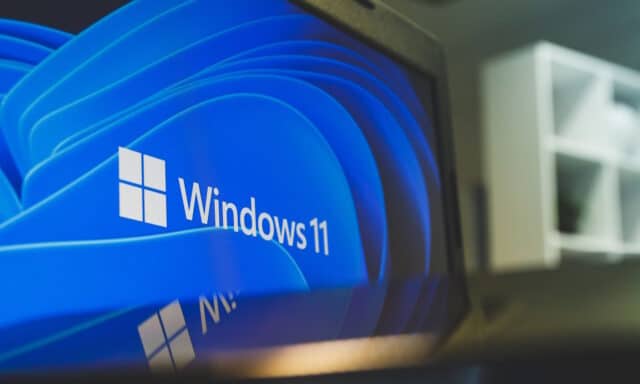Microsoft is getting serious about discouraging people from installing Windows 11 on unsupported hardware

The system requirements for Windows 11 have been a bone of contention ever since the operating system was first released, but it is something that has been brought back into sharp focus once again as Windows 10 nears the end of its life.
Microsoft is keen for everyone to move from Windows 10 to Windows 11, even if this means having to buy a new PC. And in recent days the company has taken steps to encourage just this, using strong-arm tactics to discourage bypassing TPM and CPU requirements.
See also:
- Microsoft is dropping the privacy protection VPN feature from Microsoft Defender really soon -- unless you pay up
- Microsoft proclaims “Deprecation isn't the end -- it’s an opportunity”
- Microsoft is bringing a powerful media transcoding feature to Advanced Paste in PowerToys v0.89
Microsoft is taking a two-pronged approach to stopping people from installing Windows 11 on hardware it does not officially support -- although it stops short of actually blocking the bypass techniques.
There are various tools that can be used to force Windows 11 to install on unsupported hardware, including Flyby11. This particular utility has recently started to be flagged up as potential malware by Windows Defender. While this does not prevent use of the tool, it will be a roadblock for less computer-literate users. A note on the Flyby11 GitHub page reads:
The app is now flagged as PUA:Win32/Patcher by Microsoft Defender. You can safely ignore this if you wish to proceed with the upgrade. I will contact Microsoft to verify whether this is an official classification or a false positive.
But scaring would-be users of third-party tools into being non-users is not the only thing Microsoft is doing. The company used to provide details about how to edit the registry to allow the installation of Windows 11 on unsupported hardware The official Ways to install Windows 11 page once included the following text:
Microsoft recommends against installing Windows 11 on a device that does not meet the Windows 11 minimum system requirements. If you choose to install Windows 11 on a device that does not meet these requirements, and you acknowledge and understand the risks, you can create the following registry key values and bypass the check for TPM 2.0 (at least TPM 1.2 is required) and the CPU family and model.
There were also instructions about tweaking the AllowUpgradesWithUnsupportedTPMOrCPU registry entry to bypass checks.
This text and instructions have now been removed. While this will not stop everyone from getting around hardware checks, Microsoft will clearly be hoping that by making such information slightly harder to find, fewer people will go down this route.
Image credit: rokas91 / depositphotos

Pingback: TikTok creators can easily share their content to YouTube thanks to new Repurpose.io partnership - The TechBriefs
Pingback: Best Windows apps this week - The TechBriefs